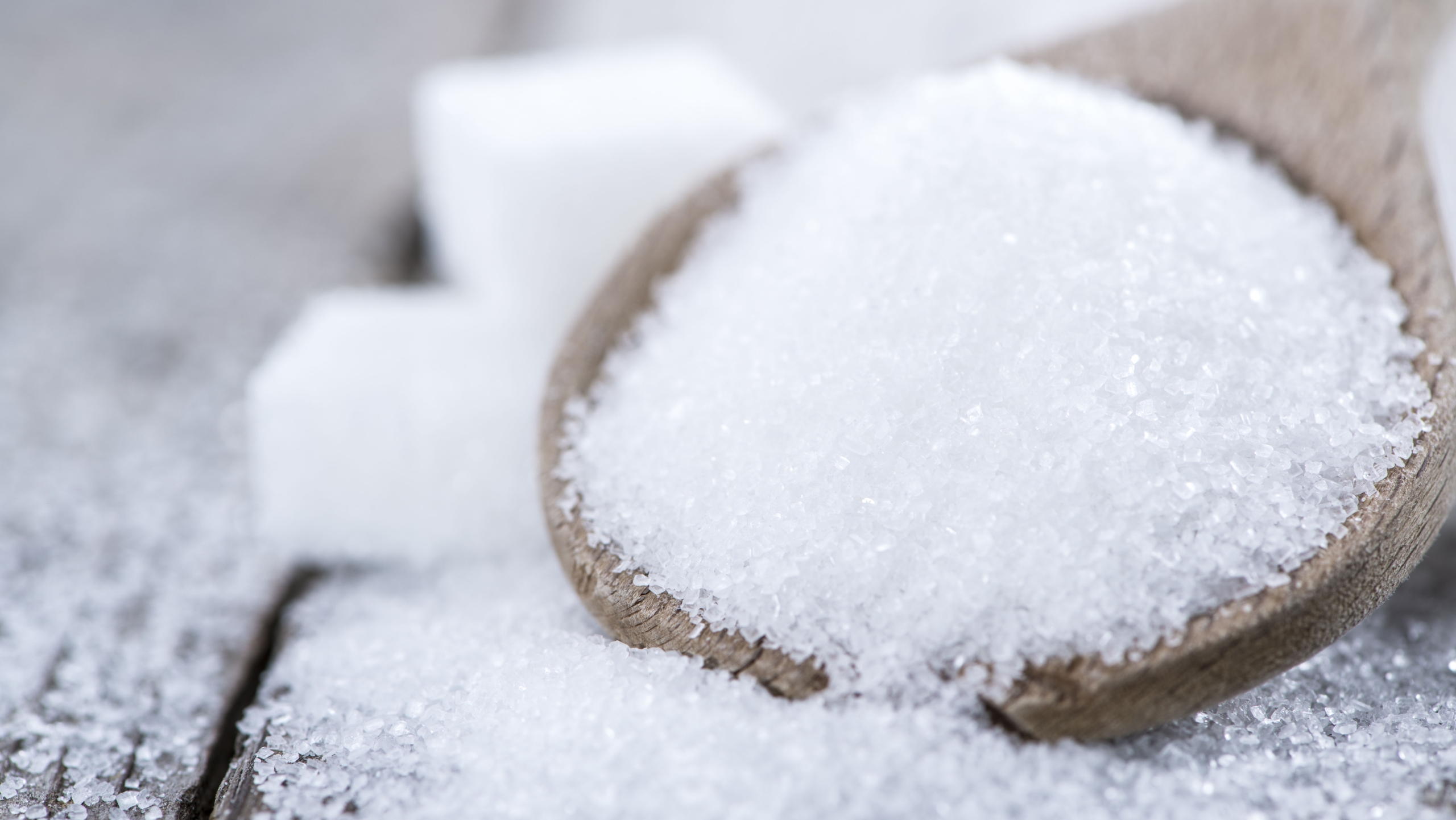Today, polymers are used in almost every area of modern life due to a favorable balance of mechanical properties, ease of forming and realitively low cost. They are in our clothes, electronics, packaging, and countless other everyday items. Also, in more advanced industrial applications, polymers play essential roles. For example, polymers bring strength and water resistance to paper, they support the mining of natural resources, and they play an important role in modern water treatment.
What are polymers? Simply stated, polymers are long strings of molecules. They can be natural, like silk, wool or cellulose. Or they are man-made, like synthetic rubber, nylon, polyester etc. Man-made polymers convince by fantastic functionalities, ease of handling and an impressive bandwith of use. Typically, they are made of fossil derived molecules.
That’s why Kemira partnered with DuPont, now IFF, to make biopolymers as a more sustainable alternative. IFF is an industry leader in food, beverage, health and biosciences. Together, we are working on biopolymers made from sugar. These new polymers are fully biodegradable and provide the same amazing functionality that has made synthetic polymers so incredibly popular. Our goal is to commercialize this new technology to help reduce waste and dependence on fossil feedstocks.
Inspired by nature
The biopolymers we’re co-developing with IFF copy a material that’s found everywhere in nature. It’s called polysaccharide. A polysaccharide is a long string of sugars.
Christian Lenges, IFF’s Venture Director of Health and BioSciences, explains, “If you eat a lot of sugar, you get plaque on your teeth. The plaque is made of polysaccharide. Polysaccharides are also found in algae and mushrooms. They make the cell structure stable.”
If you’re less of a nature enthusiast and more of a baker, imagine a cake. “The flour you use to bake is a polysaccharide that helps give the cake its shape,” Christian says. So, when you think of polysaccharides think of structure.
The beauty is we can do this at scale. And we can design the exact properties we want.
IFF’s proprietary technology uses enzymes (i.e., proteins) to turn simple sugars into polysaccharides. IFF’s process allows us to make engineered, sugar-based materials with a wide range of useful properties. “The beauty is we can do this at scale. And we can design the exact properties we want,” Christian beams.
Customizing the characteristics
There’s a reason the IFF and Kemira research teams are excited about the ability to finetune the characteristics of the biopolymers. Kemira’s Vice President of Research & Development, Sampo Lahtinen, explains, “The properties dictate how the product works, how effective it is.”
“If we look at what’s found in nature, it’s typically a mixture of all kinds of things. You need to do a lot of processing and separation to get your desired product and there’s usually a lot of side streams and waste. By using a pure sugar feedstock and taking a designer approach, we tune the desired structure to match the performance we need. It’s not something you could previously do with natural polymers. Until now, you could only do it with synthetics, so this is really new and useful,” says Sampo.
In other words, these new biopolymers made from polysaccharides are not only more sustainable, they deliver the versatility and performance people expect.
“Our design philosophy is to have even better performance. Of course, people will appreciate our biopolymers because they are better for the environment, but the way to win the game is better performance,” Christian emphasizes.
Getting biopolymers to market
At Kemira, our applications experts are applying their deep expertise to help IFF finalize the development of these new biopolymers and bring them to market. Naturally, we’re starting with what we know best ─ solutions for water intensive industries like paper and board, as well as water treatment.
“The paper industry is demanding more biodegradable chemical solutions. They want to make products that are easier to recycle,” explains Sampo. Think of packaging, for example. Imagine receiving a delivery in a box that’s stronger and easier to recycle. That’s possible thanks to biopolymers. Christian chimes in to elaborate, “When people recycle boxes made from corrugated cardboard, the cardboard gets weaker and weaker. Eventually it’s too weak to survive the shipping process. You have to add virgin fiber or strength additives, which are typically petroleum based. Our biopolymers will replace these additives, so boxes retain their strength and recyclability.” The boxes become lighter, too, which saves fuel during shipping.
Another area with high potential is water treatment. “Municipal wastewater treatment relies on polymers. Here it supports the efficient removal of nutrients and contaminants from water and enables the reduction of disposal volumes from sewage sites. We see an opportunity to replace synthetic polymers with biopolymers, first, for wastewater treatment and later for drinking water treatment,” Sampo explains.
Better for the environment
Biopolymers offer many environmental benefits. They lower greenhouse gas emissions and potentially replace fossil-based materials. They also support the circular economy since they can extend the useful life of products and they are soil and marine biodegradable. They’re compostable too.
The raw materials are also more sustainable, Sampo points out. “Growing sugar is very efficient. You can grow it with high yield per hectare,” he says.
Finally, this unique enzymatic process for making biopolymers is not energy intensive, especially compared to the manufacture of synthetic polymers or compared to biopolymers made through other methods like fermentation.
At Kemira, our target is to have portfolio of organic polymers that is at least 40% bio-based by 2030. This IFF partnership is a big step forward. “We’re very excited about the potential,” Sampo concludes.
To learn more about biopolymers and Kemira’s partnership with IFF, email sampo.lahtinen@kemira.com.

